AI Jobs Expand: Google to Train 100K Electricians
Google.org, the charitable arm of Google, is funding a nationwide push to expand the electrician workforce and weave AI skills into the trade. This is an effort aimed at keeping pace with datacenter power demand while expanding the definition of an “AI job.” The latest headlines about AI automation coming for everyone’s jobs could be hiding a more practical reality: without enough skilled tradespeople, the AI boom stalls. Datacenters already use about 4% of U.S. electricity, and a Department of Energy analysis notes that percentage could climb as high as 12% by 2028. In other words, GPU clusters do not install themselves, which is why Google.org has committed $10 million to the Electrical Training Alliance (etA) to train 100,000 electricians and 30,000 new apprentices over the next five years. A Trades-based Answer to AI’s Power Crunch Run jointly by the International Brotherhood of Electrical Workers (IBEW) and the National Electrical Contractors Association (NECA), etA operates nearly 300 Joint Apprenticeship and Training Centers across the United States. The $10 million Google grant will let those centers expand class cohorts and bring new educational content into the existing five-year apprenticeship. The updated lessons cover three practical AI tools: software that helps plan panel layouts and determine power needs; cameras that can automatically spot wiring mistakes before the drywall goes up; and programs that monitor heat readings to allow electricians to replace breakers before they overheat. Google says the program will also provide apprentices with access to Google’s AI Essentials course to master AI skills like prompt engineering and data literacy. The objective is to boost the electrician talent pipeline by roughly 70% in five years, a rapid pace that could be necessary as utilities, hyperscalers, and colocation providers race to add more datacenter capacity. "This initiative with Google and our partners at NECA and the Electrical Training Alliance will bring more than 100,000 sorely needed electricians into the trade to meet the demands of an AI-driven surge in data centers and power generation," said Kenneth Cooper, international president of the IBEW labor union, in a Reuters article. An Expanded View of “AI Work” The electrician program subverts the narrative that AI employment is either solely the domain of elite software talent or a threat to everyone else. Instead, the program could show how AI creates demand for skilled manual labor enhanced by digital literacy. If successful, trade roles could gain new relevance in the AI economy, even as automation significantly changes office jobs. For the AI community itself, an expanded and AI-literate electrical workforce may remove one of the less visible bottlenecks to datacenter expansion: securing enough licensed professionals to install the site’s transformers and switchgear, run the power cables that feed server halls, and test everything to pass code inspections. More electricians mean faster buildouts, shorter lead times for new compute clusters, and potentially smoother progress for everything from GenAI startups to national lab research projects. “Of course, no single organization can fix the expected shortfall alone,” Google wrote in a blog, “but through shared public and private efforts to introduce and support training programs like this one, the U.S. can develop a model for training the next generation workforce."

Google.org, the charitable arm of Google, is funding a nationwide push to expand the electrician workforce and weave AI skills into the trade. This is an effort aimed at keeping pace with datacenter power demand while expanding the definition of an “AI job.”
The latest headlines about AI automation coming for everyone’s jobs could be hiding a more practical reality: without enough skilled tradespeople, the AI boom stalls. Datacenters already use about 4% of U.S. electricity, and a Department of Energy analysis notes that percentage could climb as high as 12% by 2028.
In other words, GPU clusters do not install themselves, which is why Google.org has committed $10 million to the Electrical Training Alliance (etA) to train 100,000 electricians and 30,000 new apprentices over the next five years.
A Trades-based Answer to AI’s Power Crunch
Run jointly by the International Brotherhood of Electrical Workers (IBEW) and the National Electrical Contractors Association (NECA), etA operates nearly 300 Joint Apprenticeship and Training Centers across the United States. The $10 million Google grant will let those centers expand class cohorts and bring new educational content into the existing five-year apprenticeship.
 The updated lessons cover three practical AI tools: software that helps plan panel layouts and determine power needs; cameras that can automatically spot wiring mistakes before the drywall goes up; and programs that monitor heat readings to allow electricians to replace breakers before they overheat. Google says the program will also provide apprentices with access to Google’s AI Essentials course to master AI skills like prompt engineering and data literacy.
The updated lessons cover three practical AI tools: software that helps plan panel layouts and determine power needs; cameras that can automatically spot wiring mistakes before the drywall goes up; and programs that monitor heat readings to allow electricians to replace breakers before they overheat. Google says the program will also provide apprentices with access to Google’s AI Essentials course to master AI skills like prompt engineering and data literacy.
The objective is to boost the electrician talent pipeline by roughly 70% in five years, a rapid pace that could be necessary as utilities, hyperscalers, and colocation providers race to add more datacenter capacity.
"This initiative with Google and our partners at NECA and the Electrical Training Alliance will bring more than 100,000 sorely needed electricians into the trade to meet the demands of an AI-driven surge in data centers and power generation," said Kenneth Cooper, international president of the IBEW labor union, in a Reuters article.
An Expanded View of “AI Work”
The electrician program subverts the narrative that AI employment is either solely the domain of elite software talent or a threat to everyone else. Instead, the program could show how AI creates demand for skilled manual labor enhanced by digital literacy. If successful, trade roles could gain new relevance in the AI economy, even as automation significantly changes office jobs.
For the AI community itself, an expanded and AI-literate electrical workforce may remove one of the less visible bottlenecks to datacenter expansion: securing enough licensed professionals to install the site’s transformers and switchgear, run the power cables that feed server halls, and test everything to pass code inspections. More electricians mean faster buildouts, shorter lead times for new compute clusters, and potentially smoother progress for everything from GenAI startups to national lab research projects.
“Of course, no single organization can fix the expected shortfall alone,” Google wrote in a blog, “but through shared public and private efforts to introduce and support training programs like this one, the U.S. can develop a model for training the next generation workforce."



















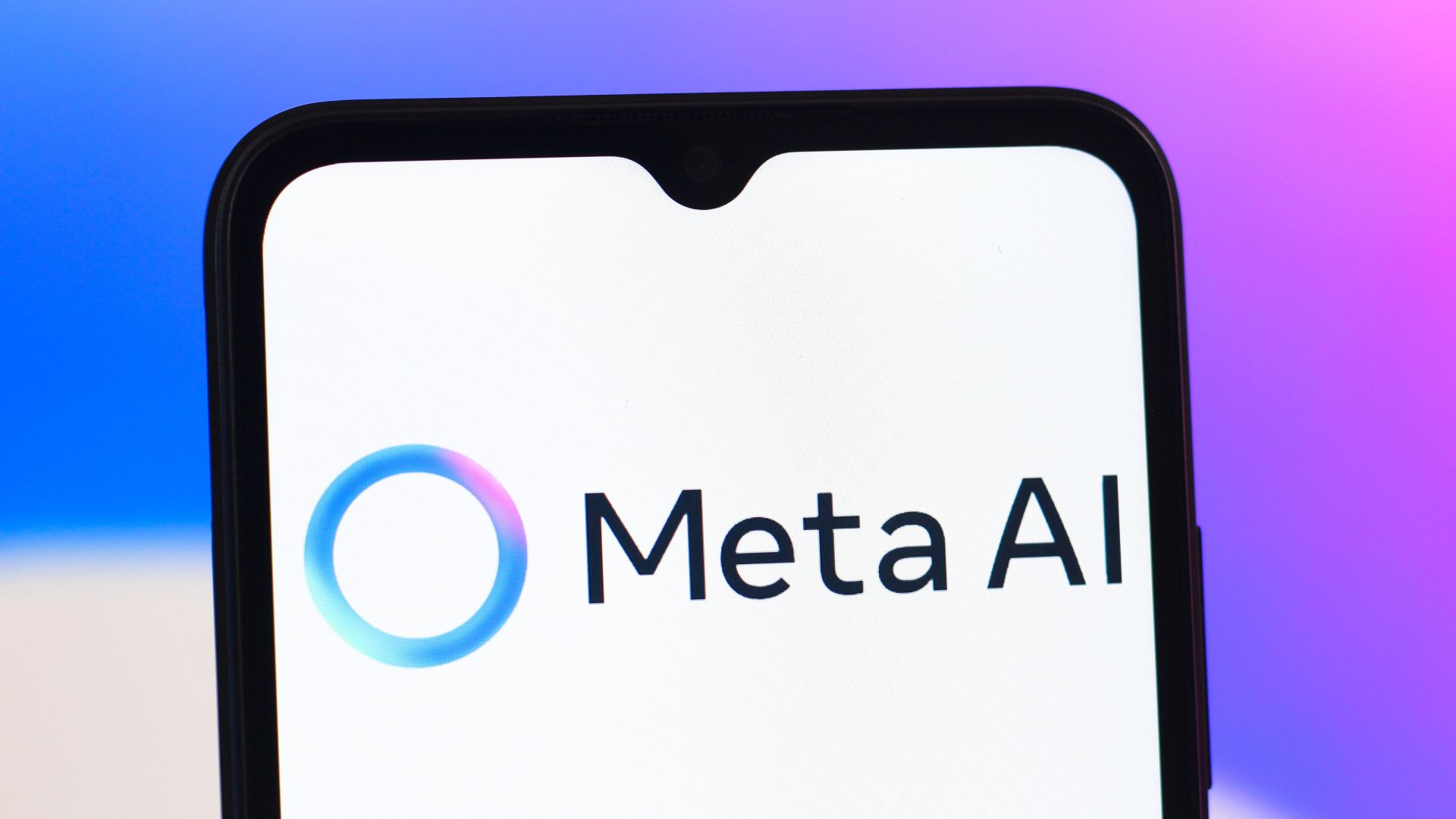

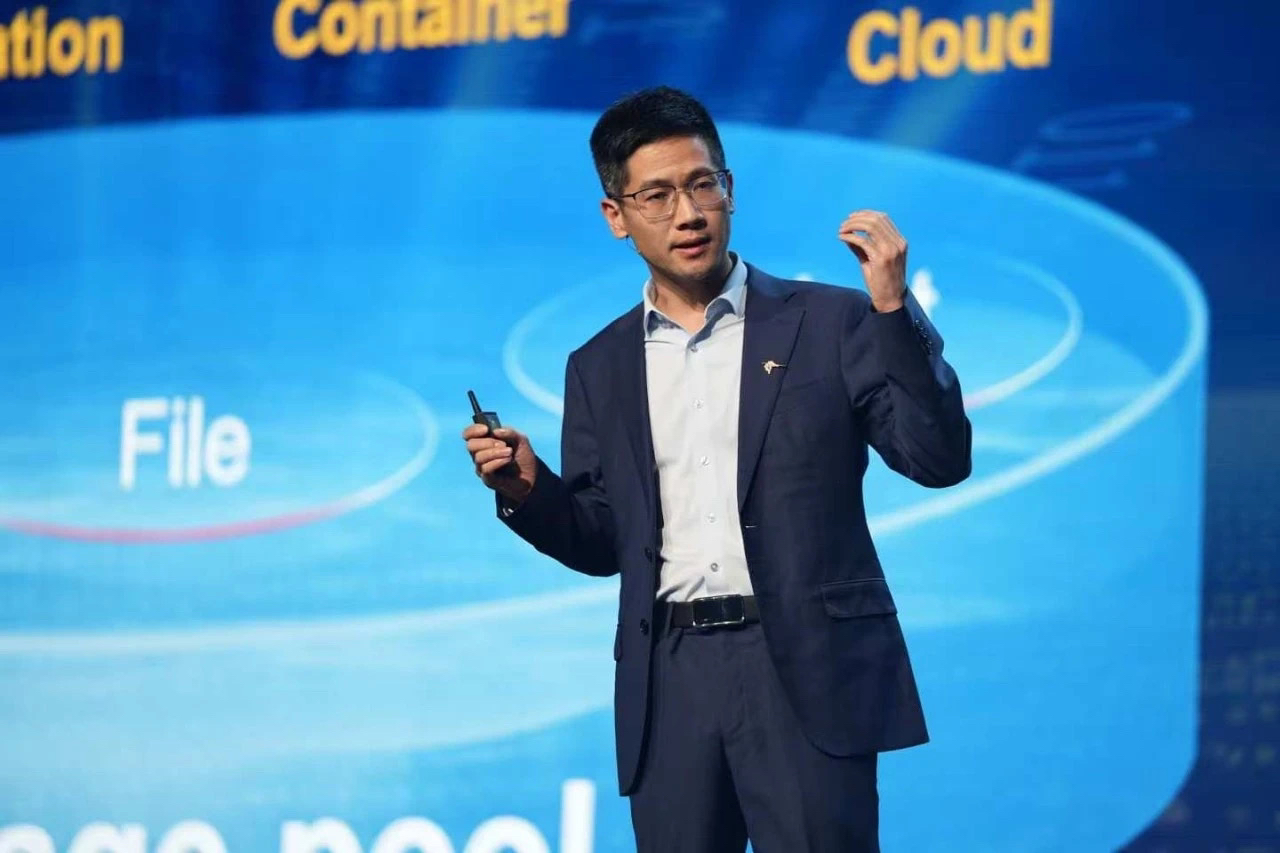
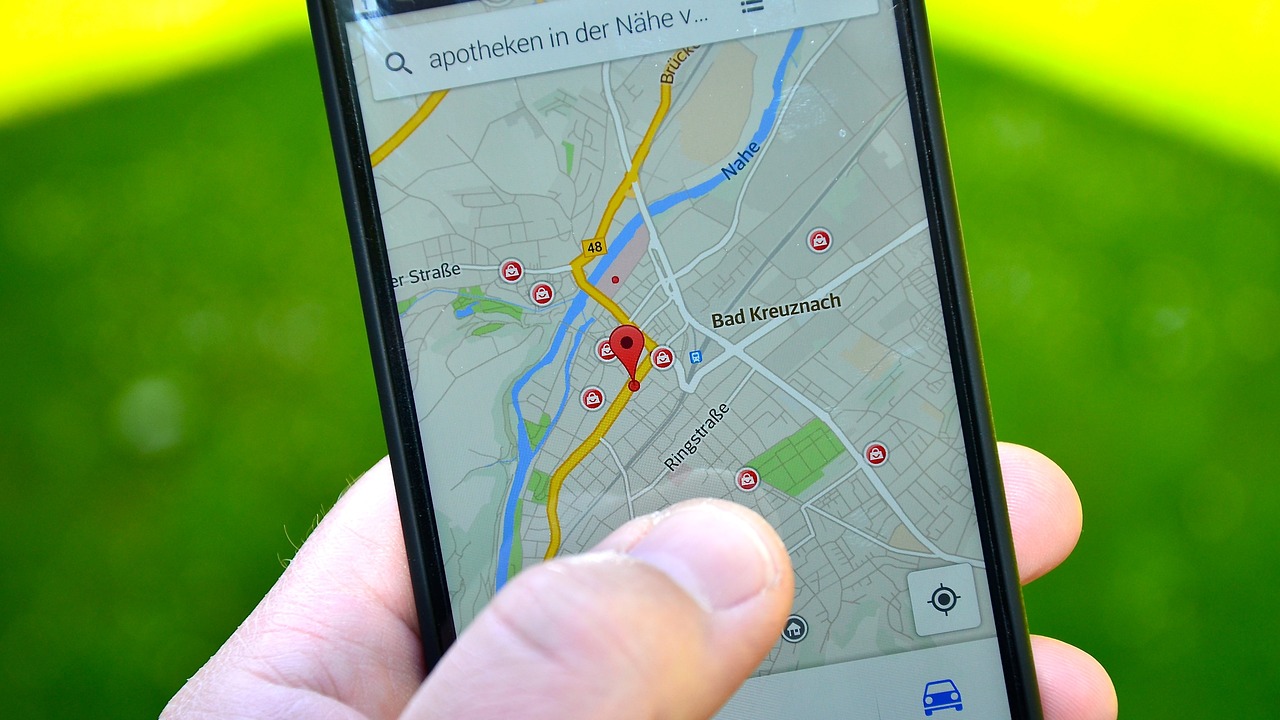







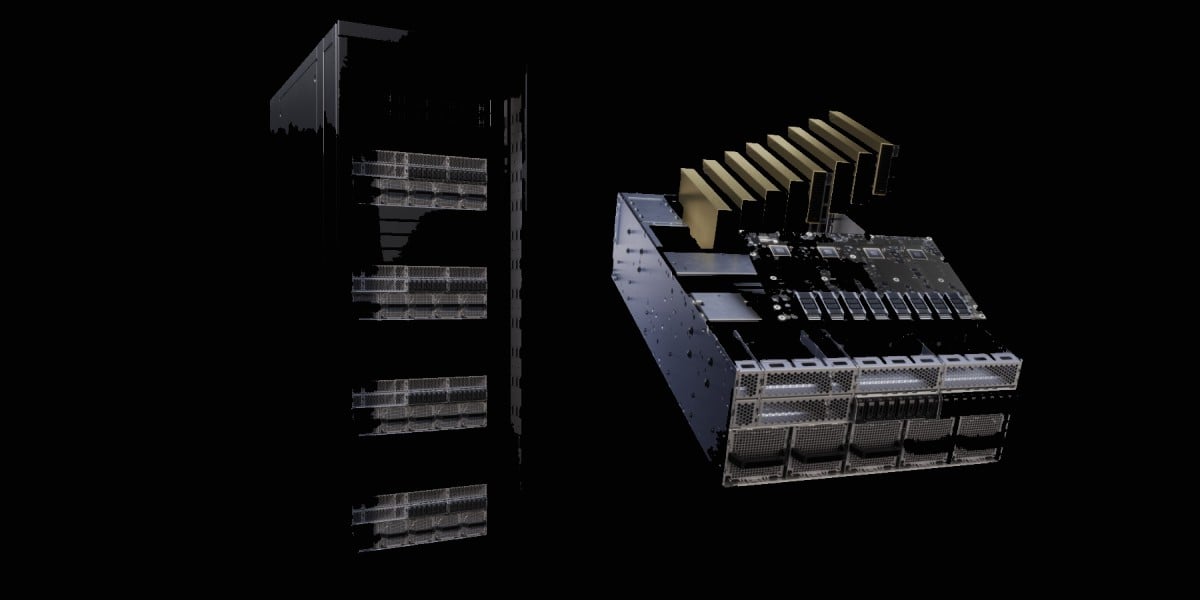




































































































































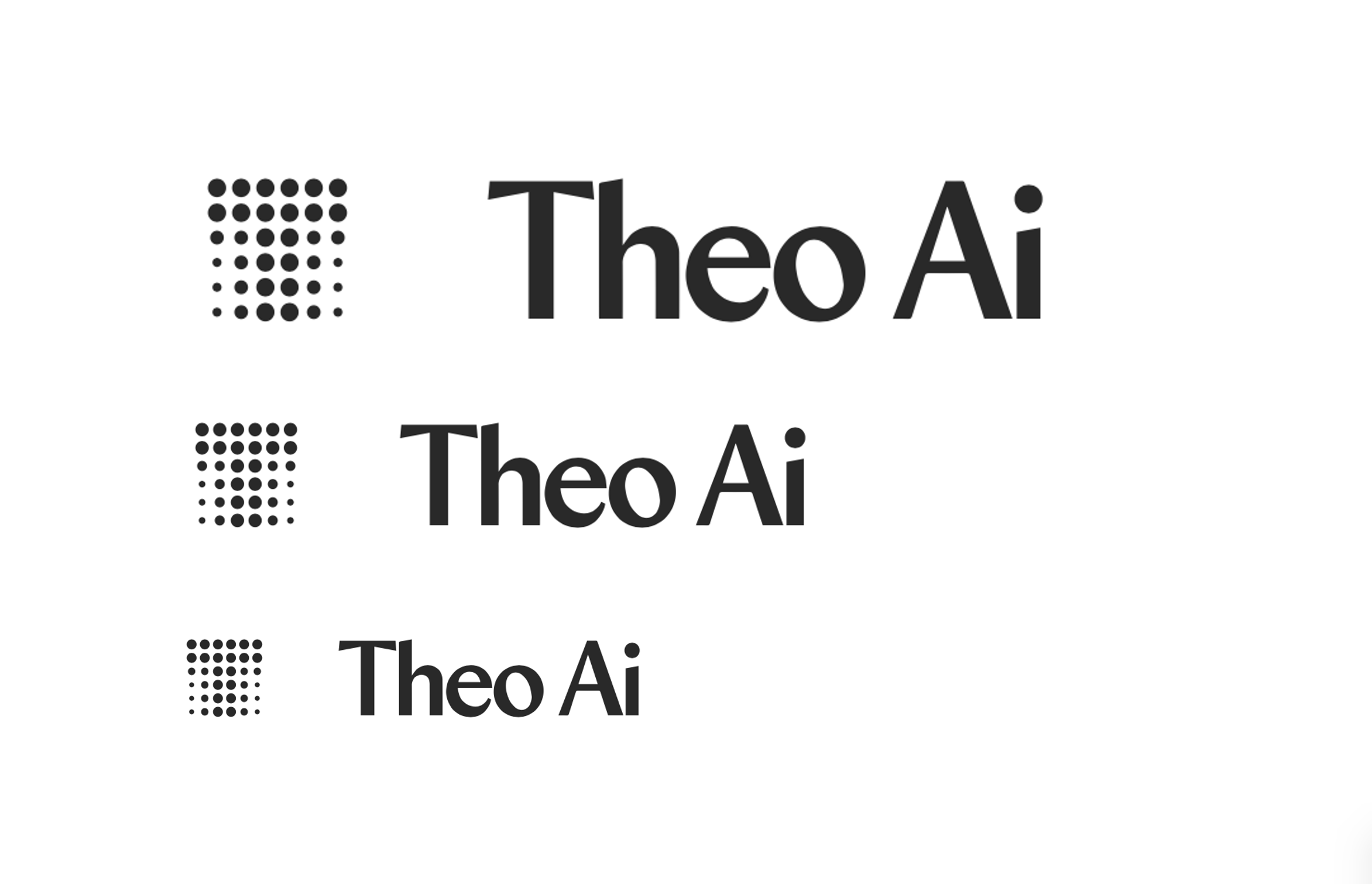






![[The AI Show Episode 146]: Rise of “AI-First” Companies, AI Job Disruption, GPT-4o Update Gets Rolled Back, How Big Consulting Firms Use AI, and Meta AI App](https://www.marketingaiinstitute.com/hubfs/ep%20146%20cover.png)








































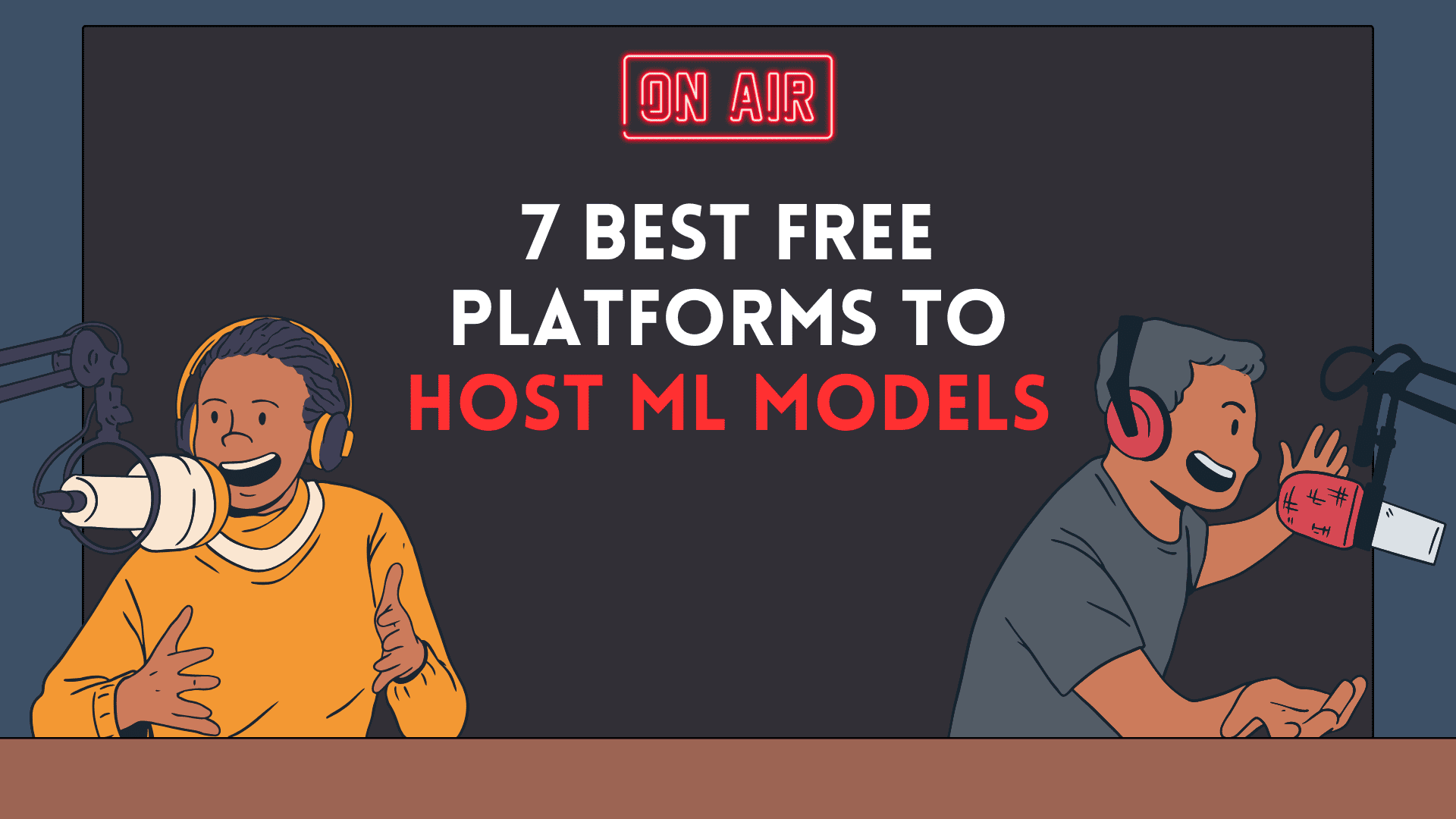





















































































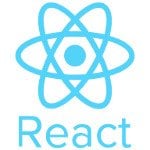





![How to make Developer Friends When You Don't Live in Silicon Valley, with Iraqi Engineer Code;Life [Podcast #172]](https://cdn.hashnode.com/res/hashnode/image/upload/v1747360508340/f07040cd-3eeb-443c-b4fb-370f6a4a14da.png?#)
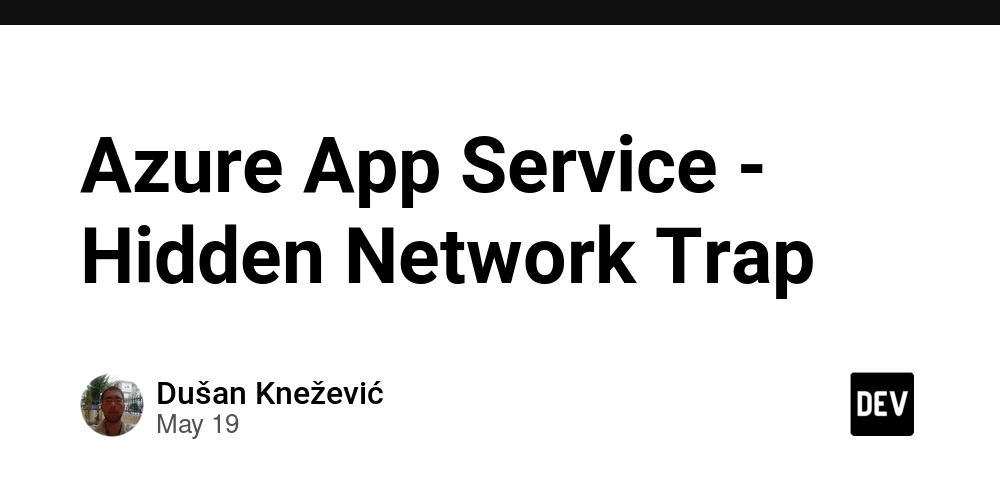
















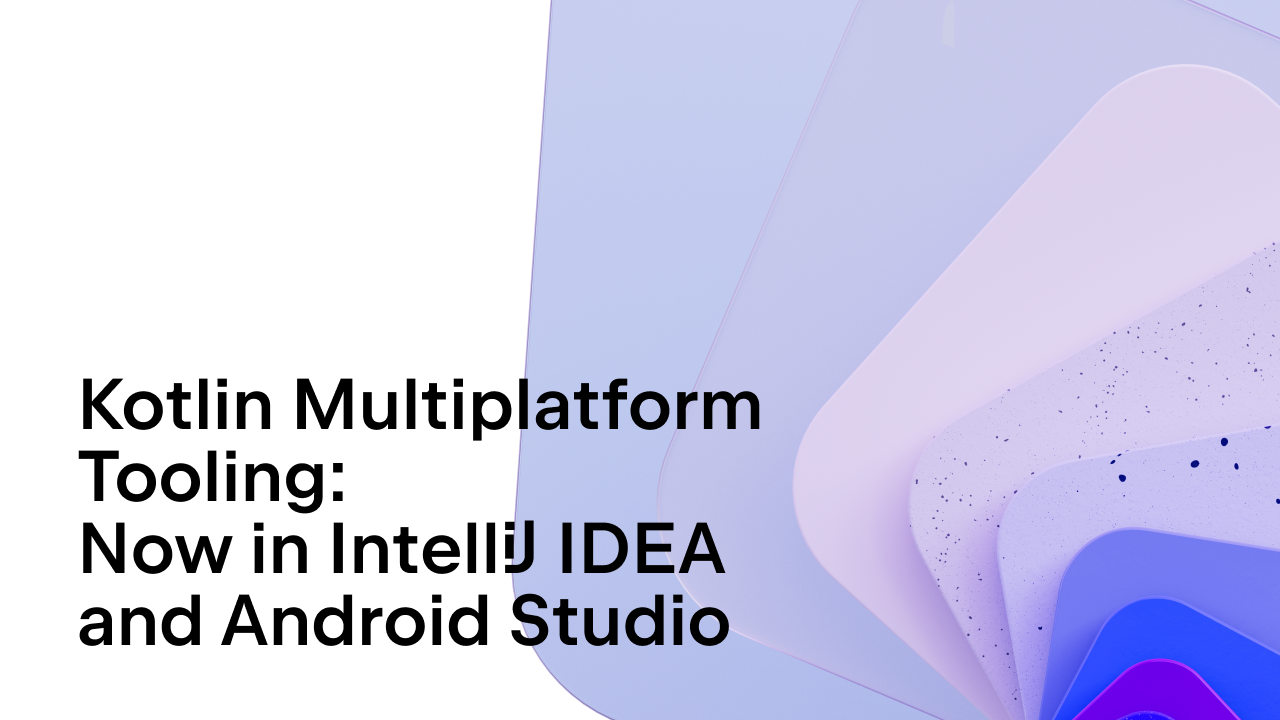
































-(1).jpg?width=1920&height=1920&fit=bounds&quality=70&format=jpg&auto=webp#)



























































.jpg?#)











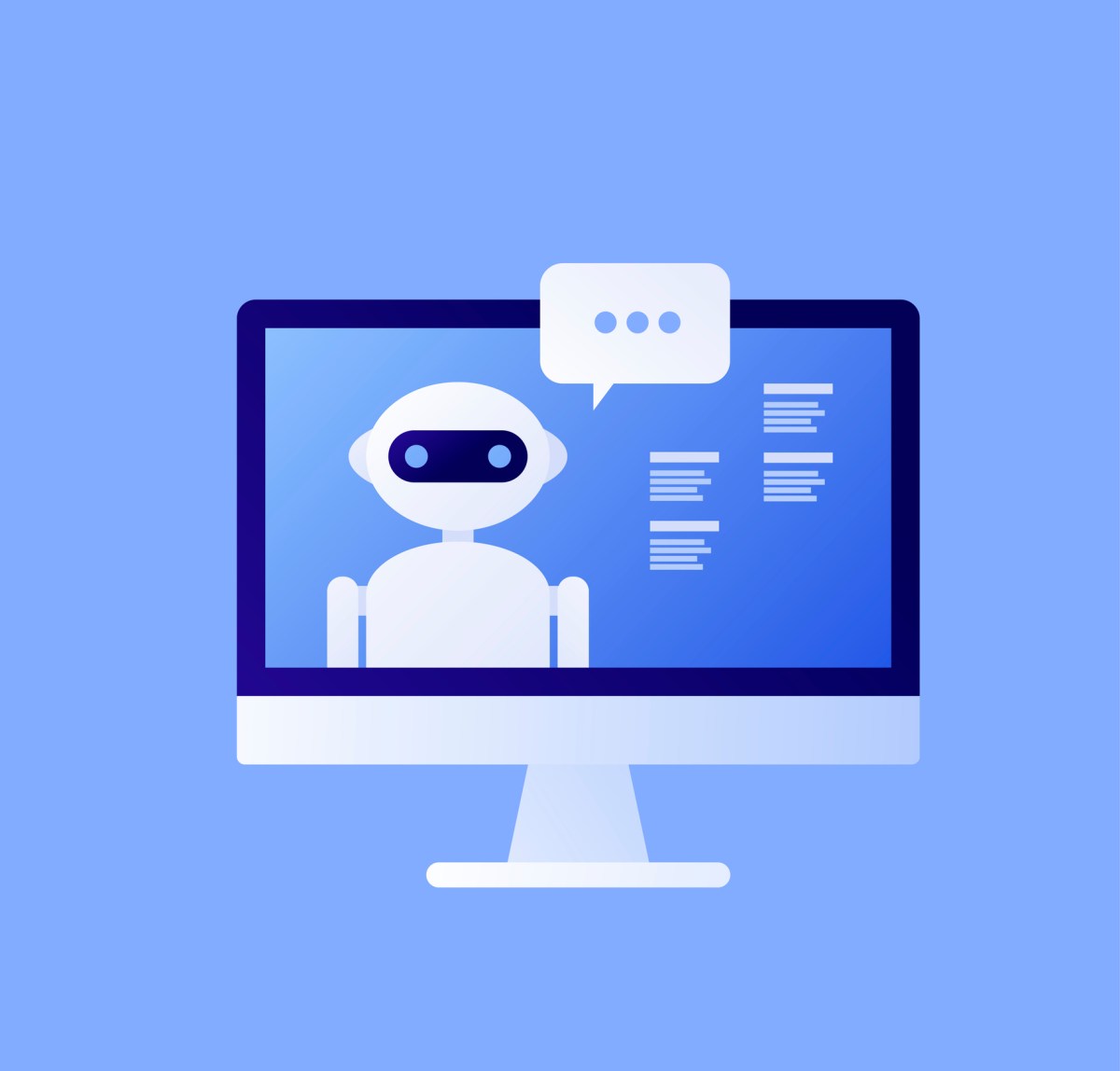





















































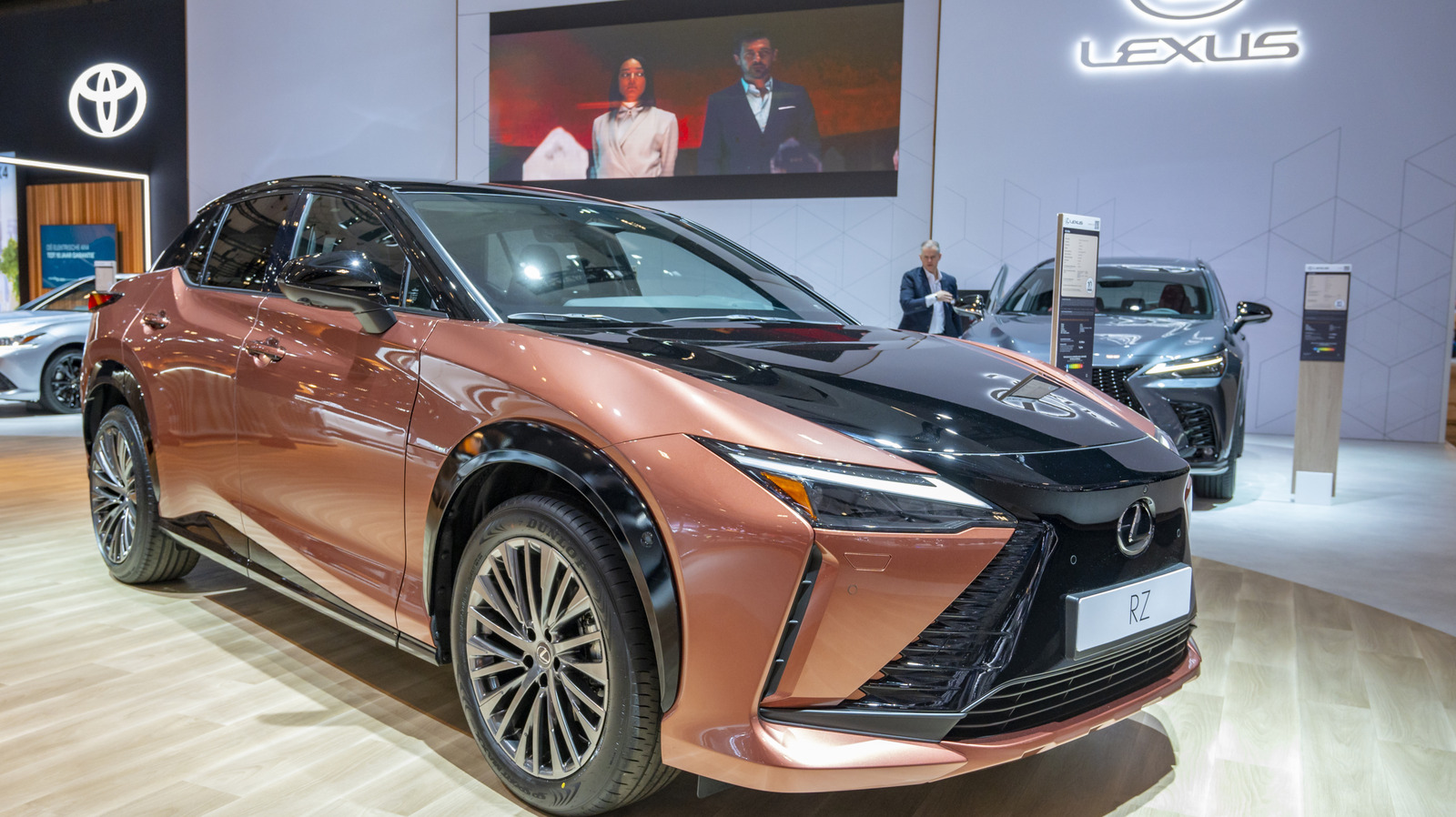


































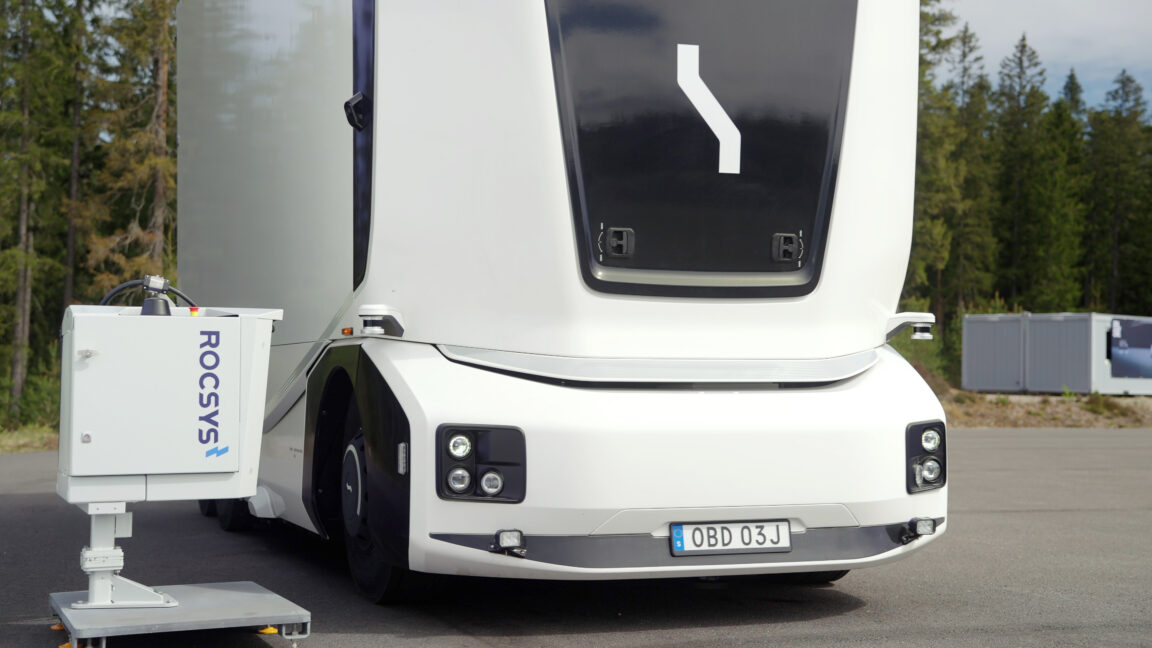
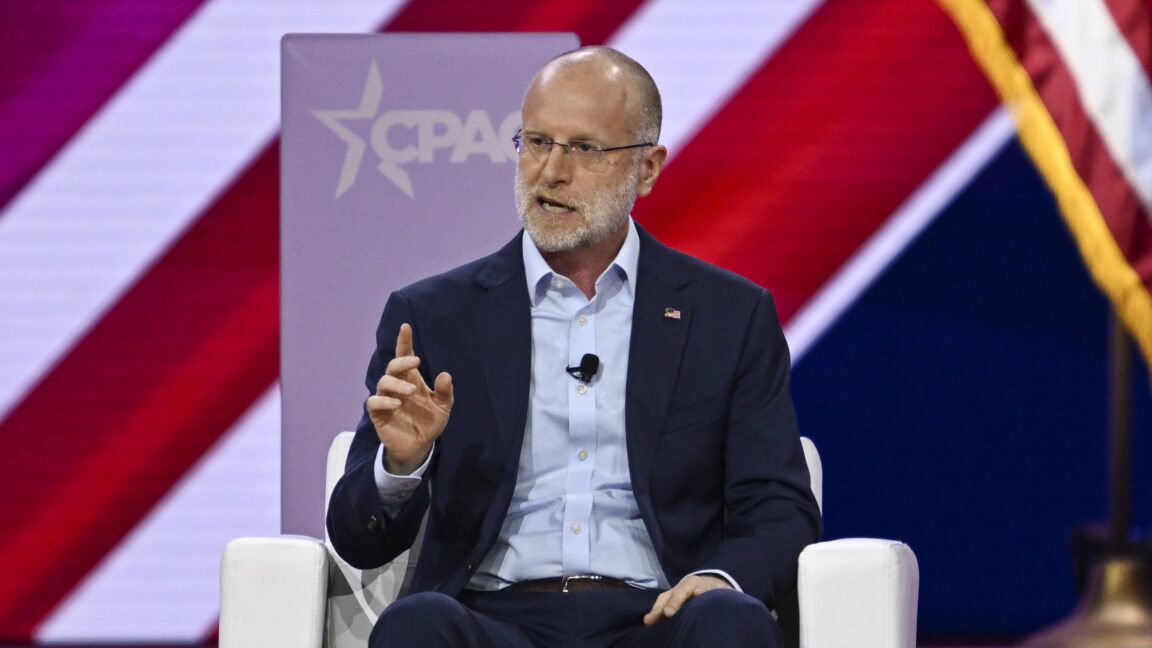
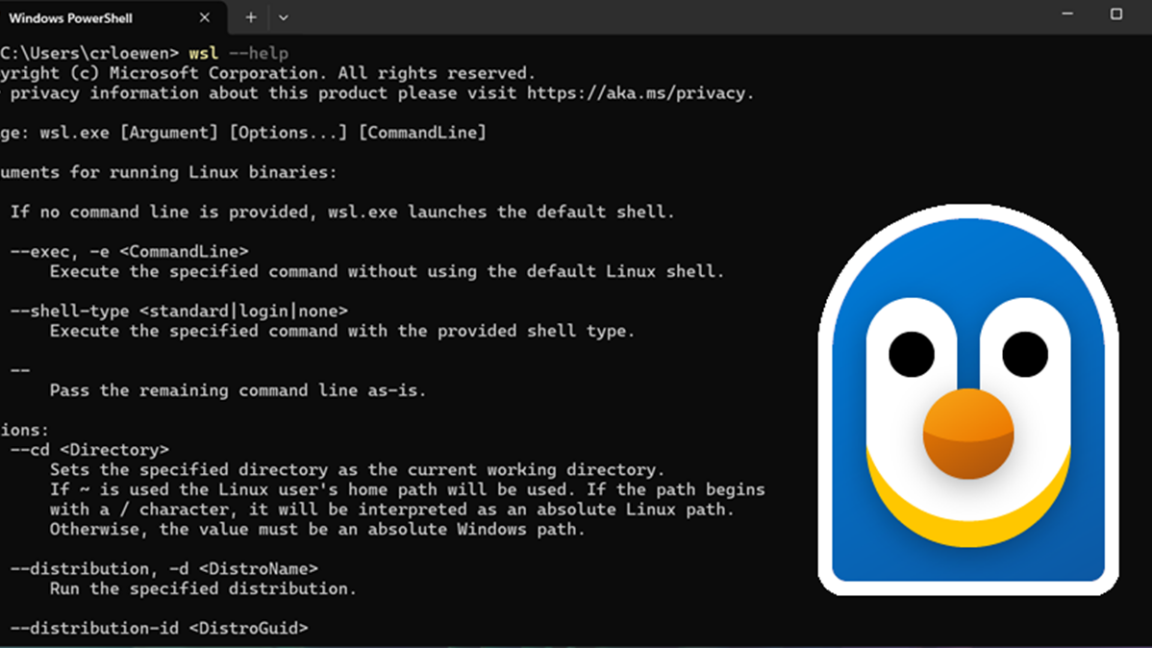
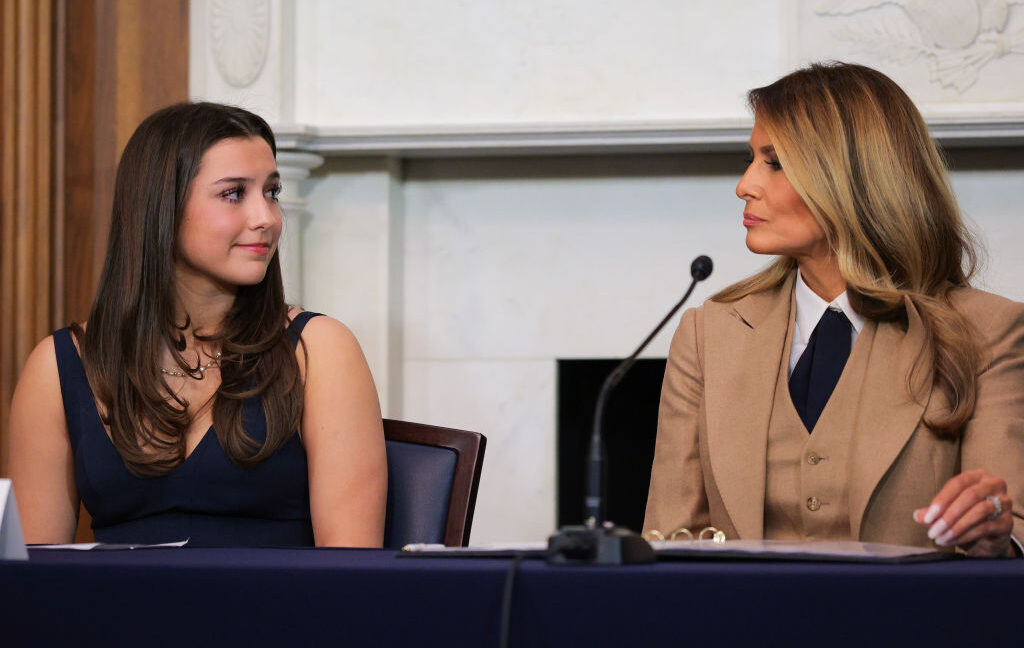
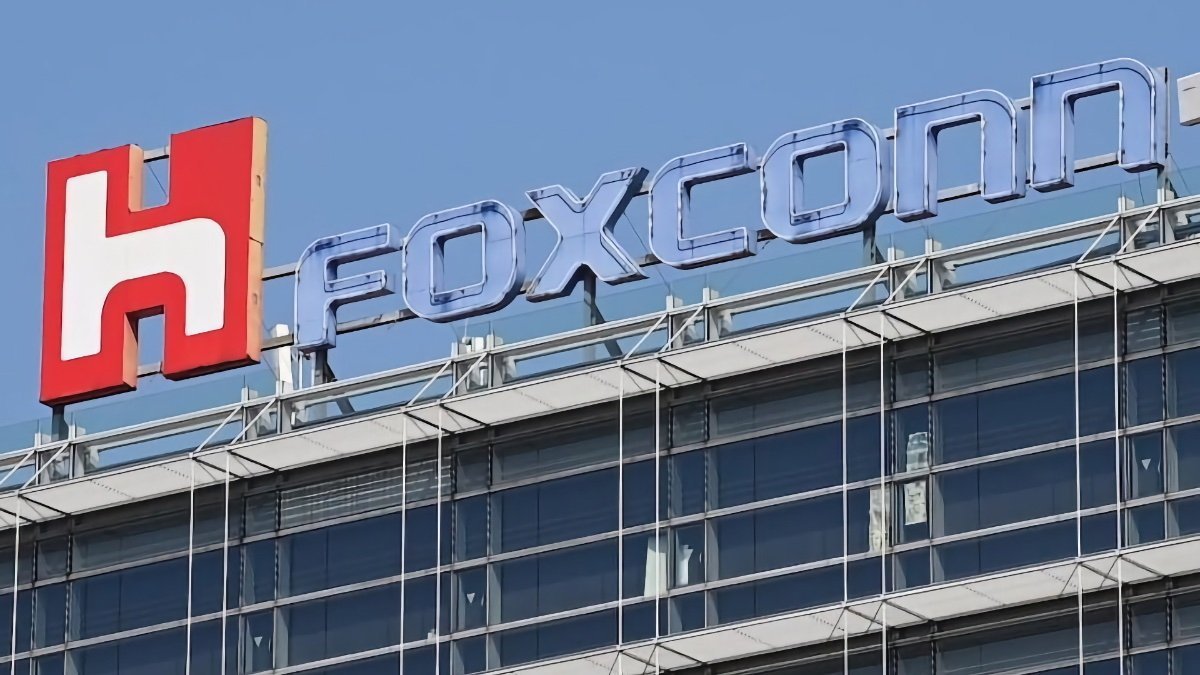


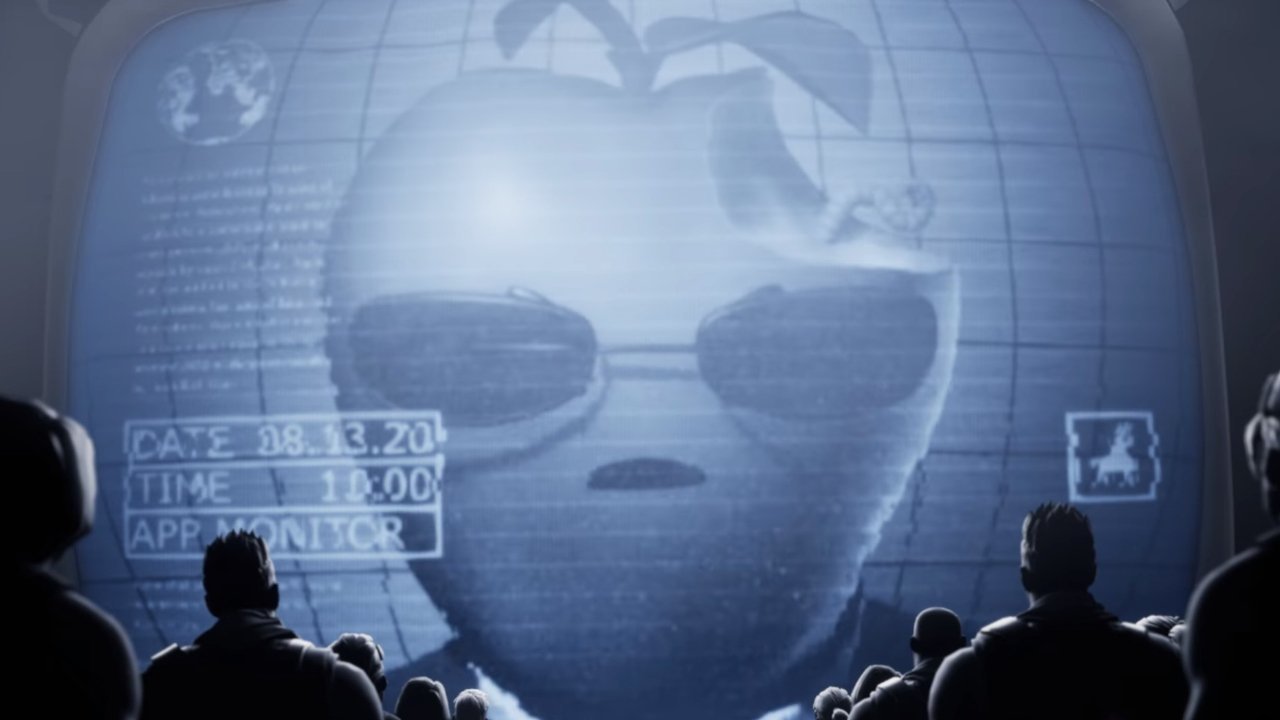
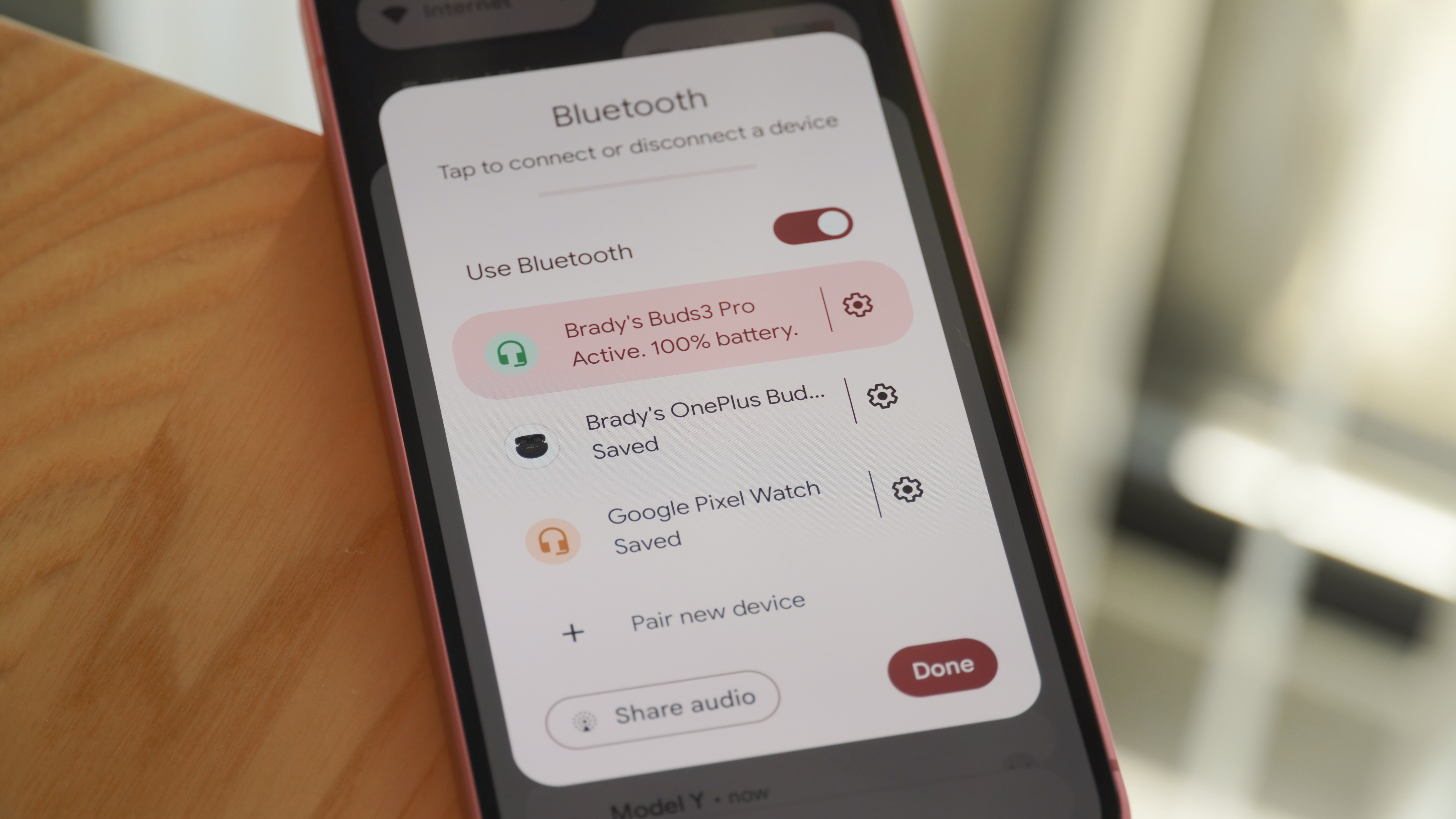



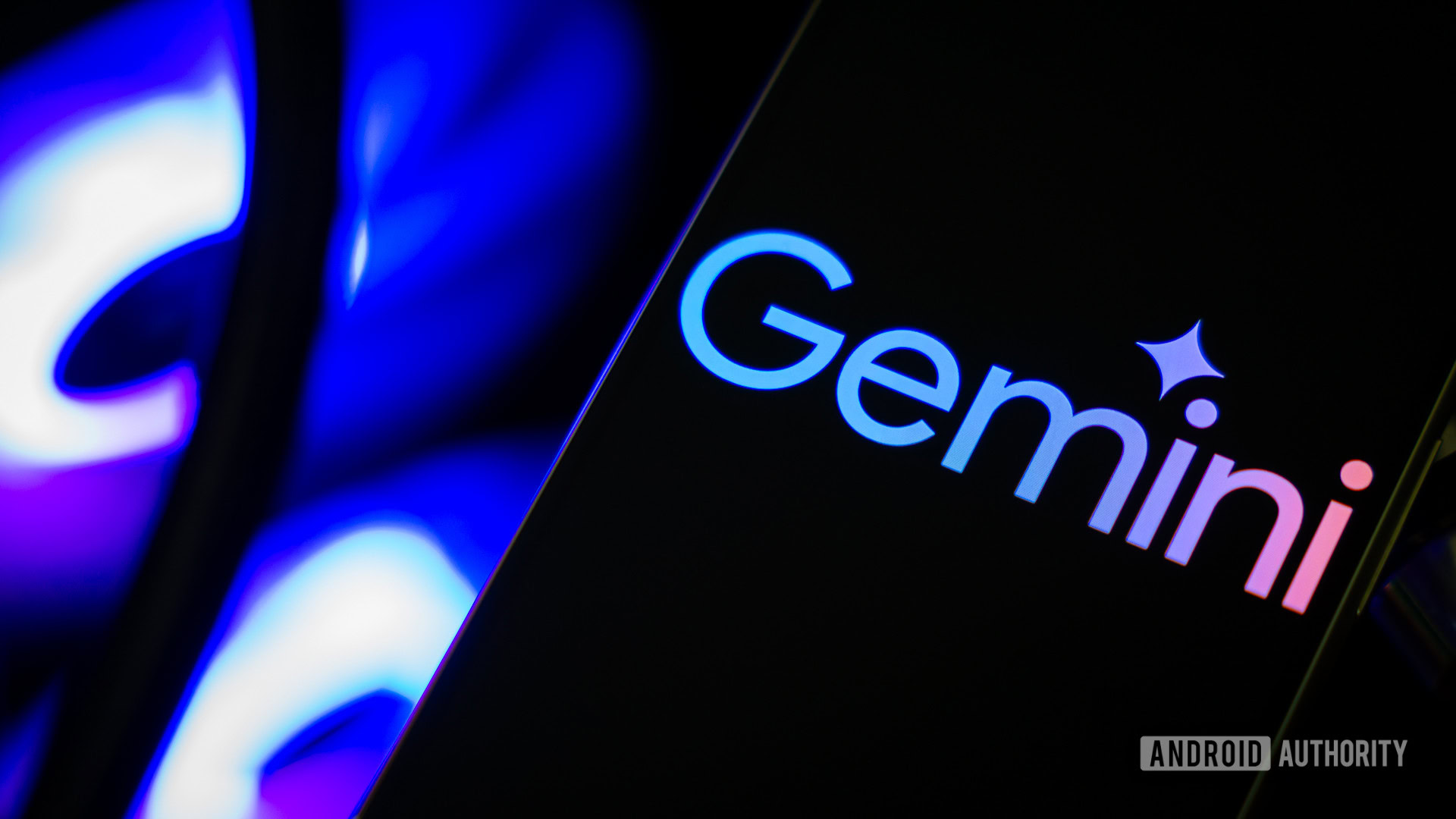

















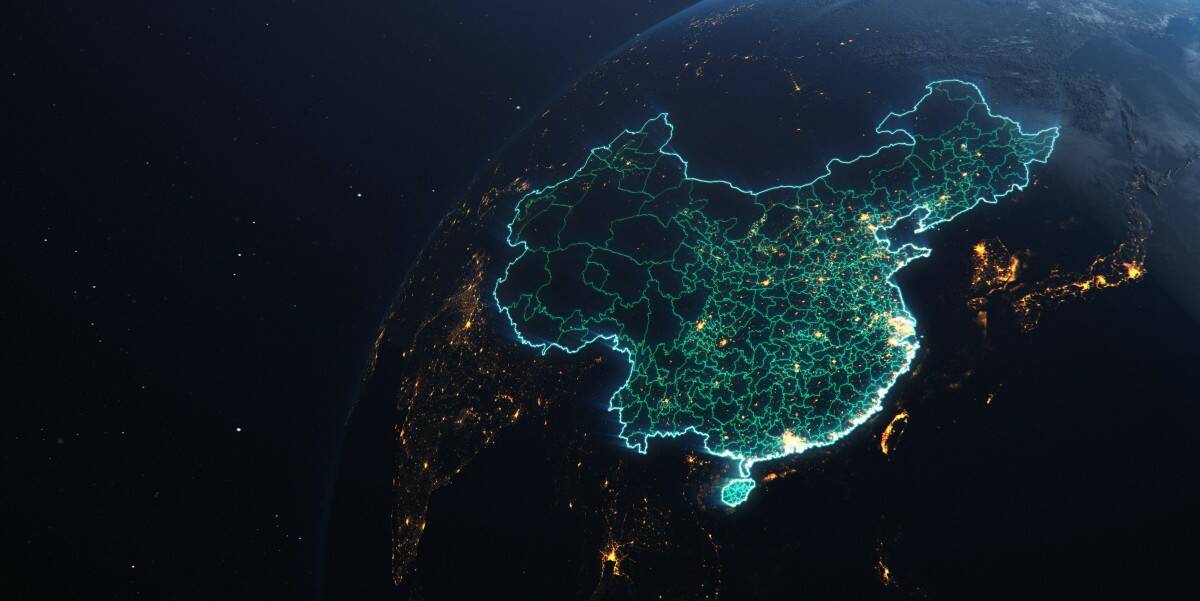



![Apple's iPhone Shift to India Accelerates With $1.5 Billion Foxconn Investment [Report]](https://www.iclarified.com/images/news/97357/97357/97357-640.jpg)
![Apple Releases iPadOS 17.7.8 for Older Devices [Download]](https://www.iclarified.com/images/news/97358/97358/97358-640.jpg)













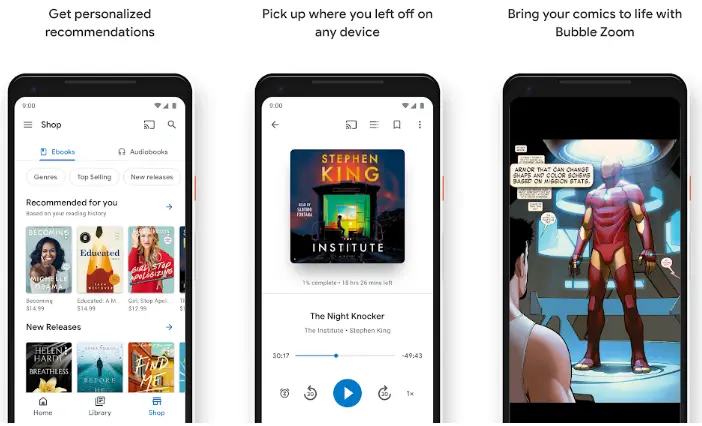




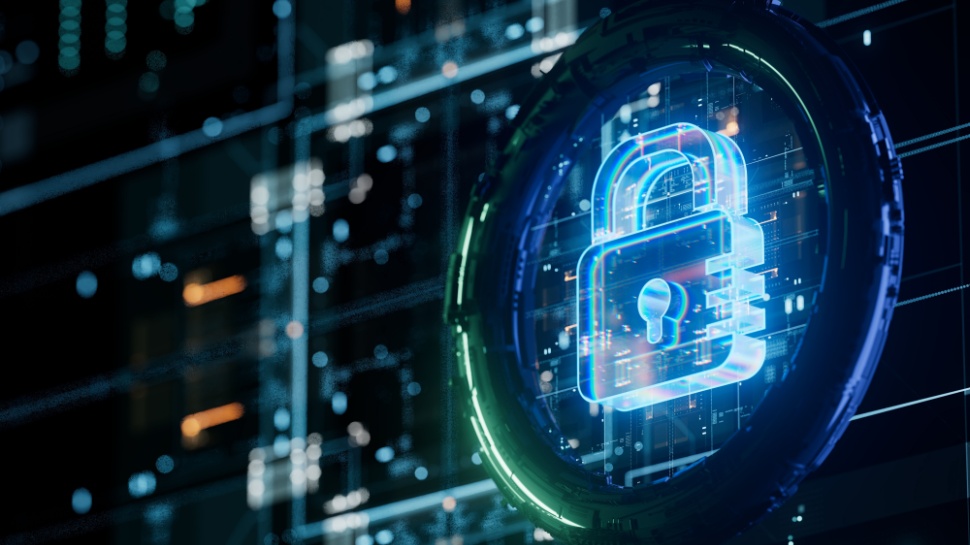


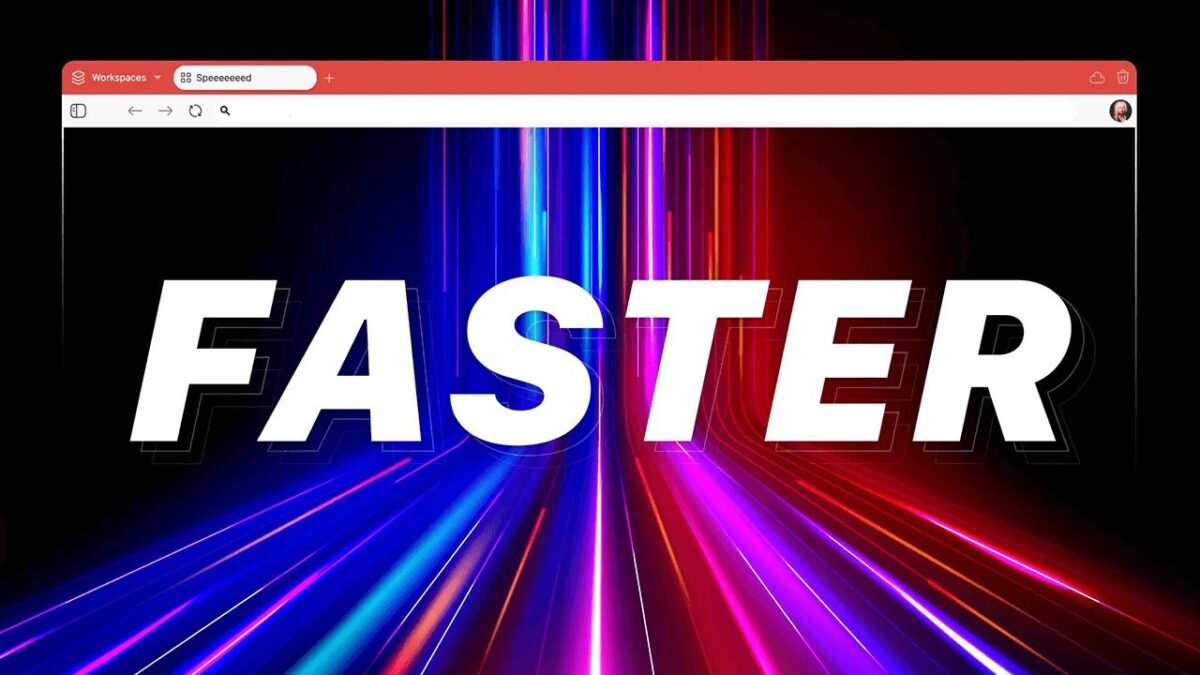




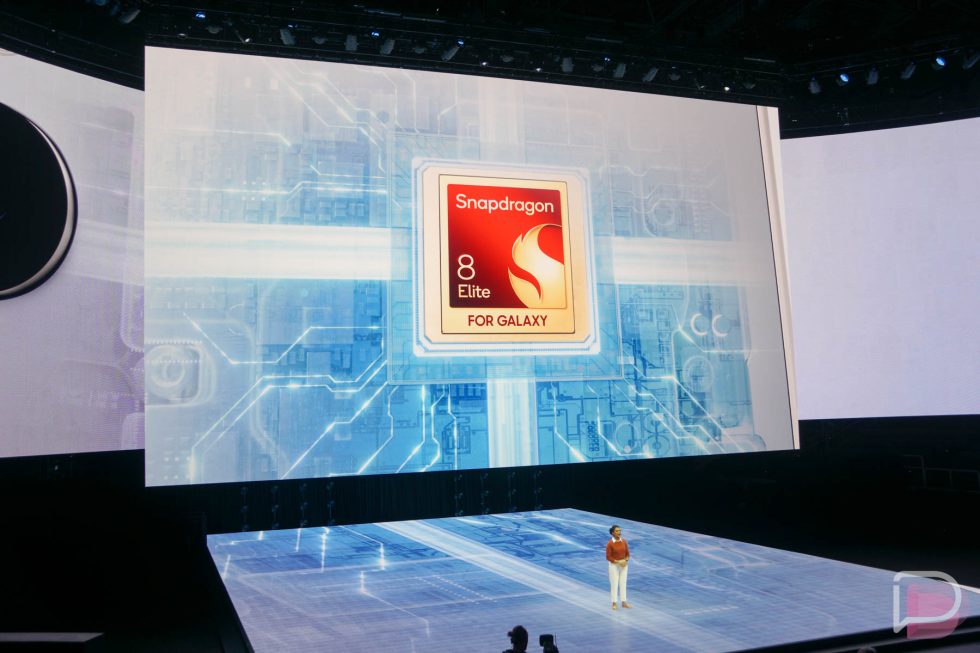

![[Updated With Statement] Verizon’s Motorola Razr 2025 Rollout Is on Hold](https://www.talkandroid.com/wp-content/uploads/2025/04/razr-colorways-2000x1331-1.png)








































